Things to do in Cuenca, Spain: a hidden gem full of treasures
In the UNESCO heritage listed city of Cuenca, you’ll be hard pushed not to fall in love with the cobbled streets and houses delicately hanging over the cliff face. I was certainly charmed by the city during my weekend in Cuenca, and while my itinerary for a quick visit covers the city itself, there are plenty more things to explore in, and around, Cuenca that I’ve listed below.
Situated at the heart of the Castilla-La Mancha region of Spain, many people simply enjoy Cuenca on a day trip from Madrid. But if you enjoy medieval walled cities and fresh air hikes through unspoilt nature, Cuenca and the surrounding area serves up plenty to keep you busy.
Here are some of the many things to enjoy, admire, and do in Cuenca.
Constructed in the 12th-century, it sits on the same spot a Mosque had hundreds of years before. Inside, you will find the imposing towers of the main hall, basking in the colourful light of the stain glass windows. Leading off from the main hall are many smaller rooms, each with their own style and unique decoration. The building work, both inside and out, has been ongoing since the day the Cathedral opened, which is why there is such a range of styles ranging from neo-Gothic to Baroque. This is evident from the outside, but even more so in the smaller rooms. In the courtyard outside, and from the terrace of the Cathedral, you’ll find some equally impressive panorama views. For those who are interested, there are also special nighttime tours of the Cathedral where I imagine the illuminations to add another dimension.
Parador de Cuenca and Espacio Torner
The 16th-century Parador de Cuenca is an effective repurposing of a 16th-century monastery, now serving dual purposes as a hotel and the attached St Pablo Church as a gallery space.
The imposing building which sits across the St Pablo Bridge from the hanging houses is either a splurge place to stay or somewhere to pop your head into to see the hotel and visit the gallery.
The art space is dedicated to displaying the work of Gustavo Torner, who is an artist from Cuenca. While the collection isn’t huge, the area is well laid out, and the imposing high ceilings amplify the collection.
Castilla-La Mancha Paleontology Museum
This region of Spain is home to some fantastically preserved fossils, and the museum here is dedicated to showcasing the palaeontology of the area.
While this museum is ideal for kids, the well put together collection covering the dinosaurs of the region is a good visit for all age groups. The selection here dates back as far as 125-million years ago, making it a rather unique attraction to visit while in Cuenca.
St. Pablo Bridge
Another of the iconic features of Cuenca is the iron and wooden bridge of St Pablo which has ferried people across the gorge for over 100-years. I heard in strong winds it moves slightly which is always reassuring, but it’s a great spot to admire both sides of the river from.
Ruins of the Castle of Cuenca
Constructed in the 8th century, the ruins of Cuenca Castle are a reminder of the Moorish history here in the city. While little remains of the old Arabian wall that surrounded the city, nor of the Christian, Fortress which followed. You can find a few turrets, and some parts of the wall, all nearby the well-preserved entrance arch and wall to the city.
Science Museum of Castilla La Mancha
The actual building of the science museum is just as interesting as the collection itself. With various structures joined together to create the space, the Arabian walls and medieval houses used to store the collection build a very unique museum, as do many of those in Cuenca.
While the collection will walk you through various scientific theories and facts from around the world, it’s the Planetarium that really stands out thanks to the over 6000 projections inside. If you are an astronomy fan and find yourself in Cuenca on a rain day, here you can have a little taste of the Universe.
Mirador del Cerro del Socorro
Although I didn’t make it up here myself, I’m sure some of the best views of the city can be enjoyed from atop the Mirador del Cerro del Socorro.
Easily visible from the city, this statue of Jesus is high above the city and seemingly looking down across the gorge. For those who don’t want to hike, you can also drive up here, and I imagine it would be a breathtaking spot to watch the sunset.
Treasure Museum Cuenca Cathedral
Attached to the Cathedral and accessible by the side entrance, the Treasure Museum hosts around 180 pieces of treasure across its many rooms. From jewellery to delicate paintings, the museum is another slice of Cuenca history to enjoy.
Fundación Museo de la Semana Santa de Cuenca
The unique Easter celebration of Spain, the Semana Santa, is brought to life in this small and fascinating museum.
If you don’t know much about the holy week celebrations in Spain, this museum will give you some insight into the unique costumes, and huge parades, the take over the country during April each year.
Mangana Tower
Close by is the Mangana Tower, one of Cuenca’s many monuments and marking the spot of the old Arabian fortress.
It is one of the cities most notable monuments. It lies on the site of an ancient Arabian fortress. Built in the 16th century, the tower is in excellent condition, and you can explore the small ruins of the fort which also has a few houses in a similar style to the hanging houses nearby, although without the cliff faces.
Plaza Mayor and the Town Hall
The Town Hall, standing at the entrance to Plaza Mayor is a unique Baroque building which floats on its three-pillared arches. Dating back to 1762, the colourful red and gold decoration of the arches provides the perfect frame to the Plaza.
Plaza Mayor is awash with colourful houses, and Cuenca Cathedral dominates the square. With many restaurants and cafes both on the square, and the small cobbled streets leading off it, come nighttime the bars and terraces are bustling with people enjoying tapas and drinks before heading off for dinner.
Posada San Jose
The hotel I stayed in for my visit was a serious gem. I relished the chance to sleep in such a historic building that was once a convent and then a choirboys school.
The rooms were immaculate, if a little dated, but this all added to the charm. From crooked wooden beams to the slight creeks of the staircase, the maze-like interior was charming. Of course, the main highlight though is the views from the restaurant or balcony, so be sure to take breakfast or dinner here, or both, which I highly recommend.
Alfonso VIII street and Tunnels
The brightly coloured Alfonso VIII street winds down the mountain and the various shades of houses make for a fantastic photo opportunity.
But hidden down here is a collection of tunnels that run underneath the old town. Having served various purposes over the years, from air-raid shelters to aqueducts, you can actually visit a section of the tunnels by purchasing a tour ticket from the nearby tourism office. The tours run in Spanish though, so be sure to read up on the history from the leaflet before entering.
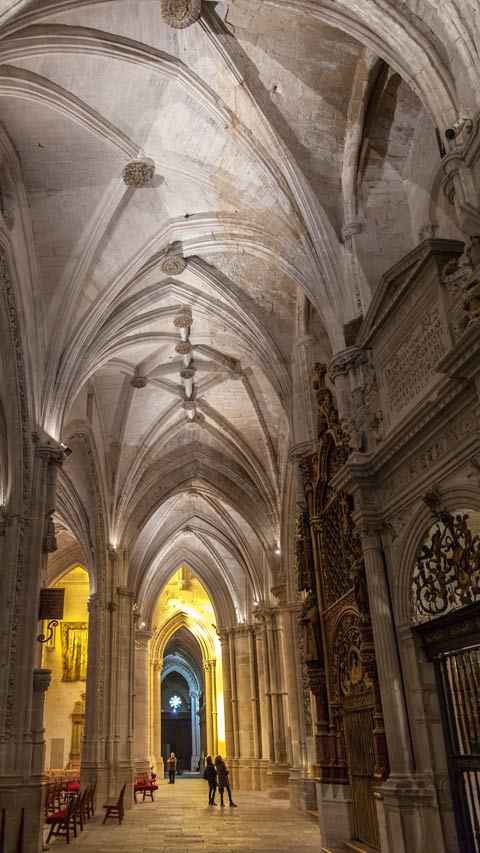

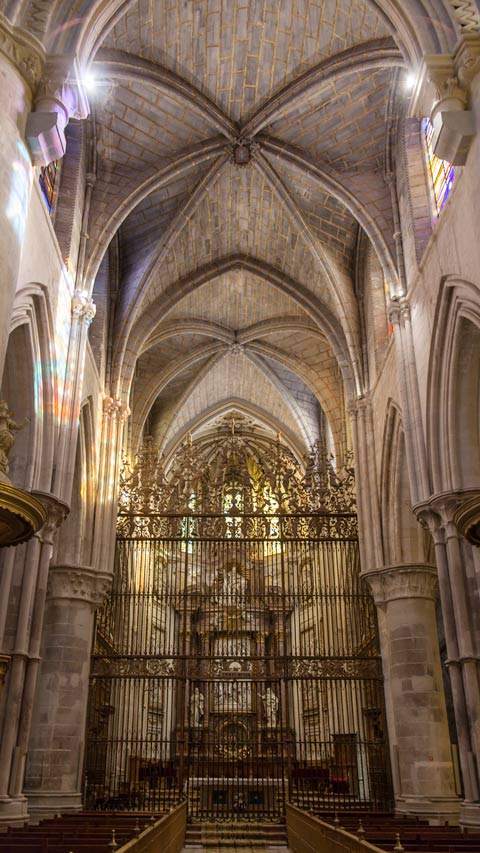
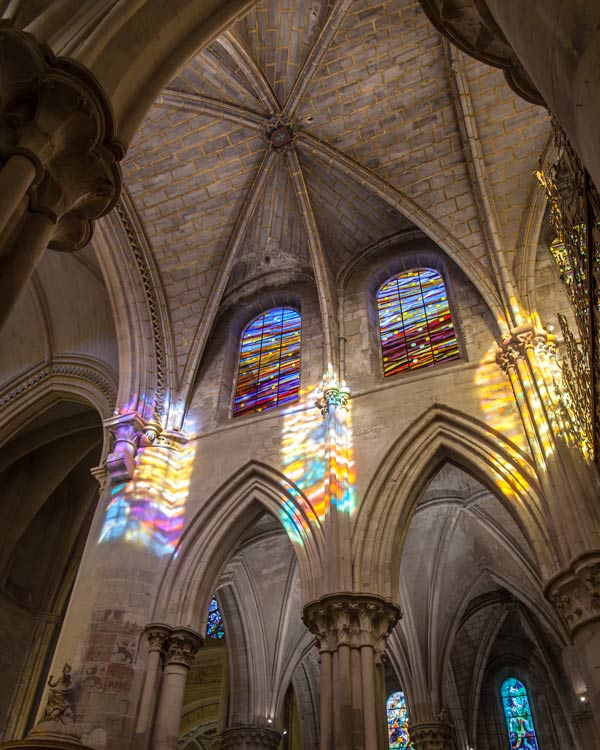
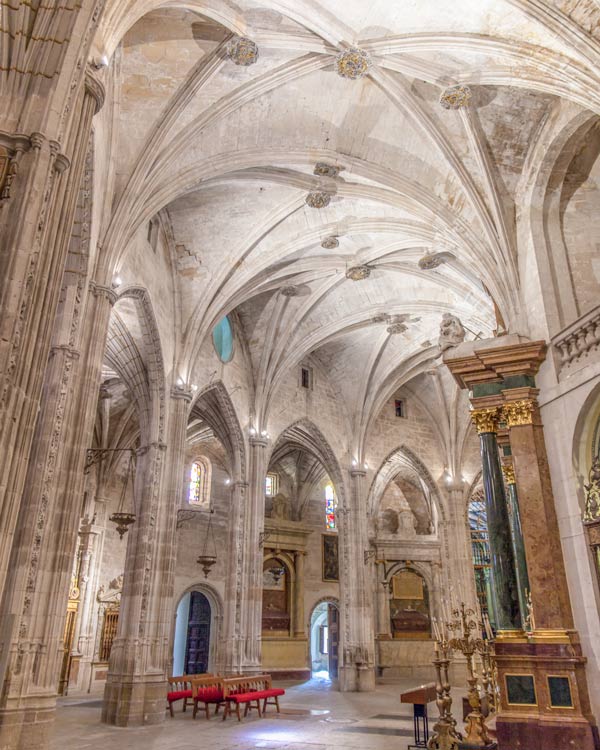
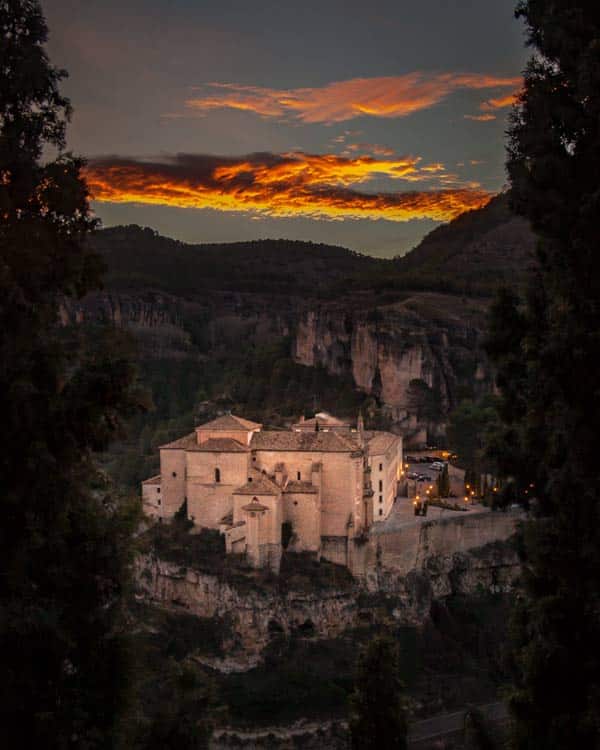
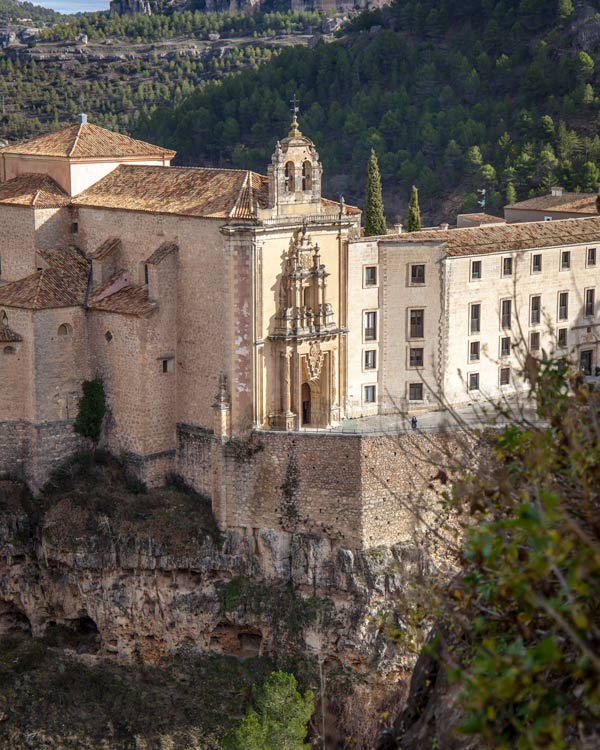
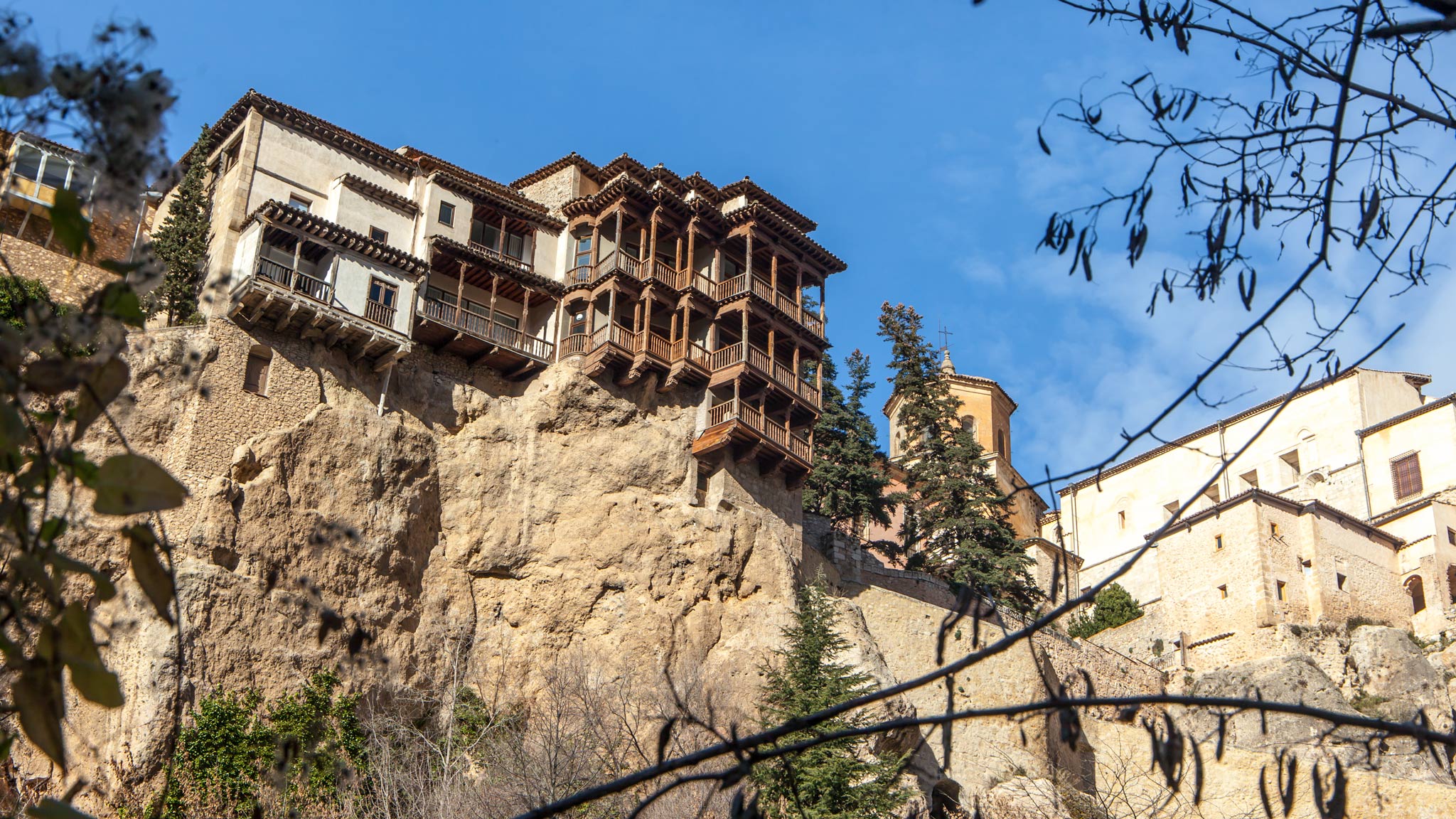
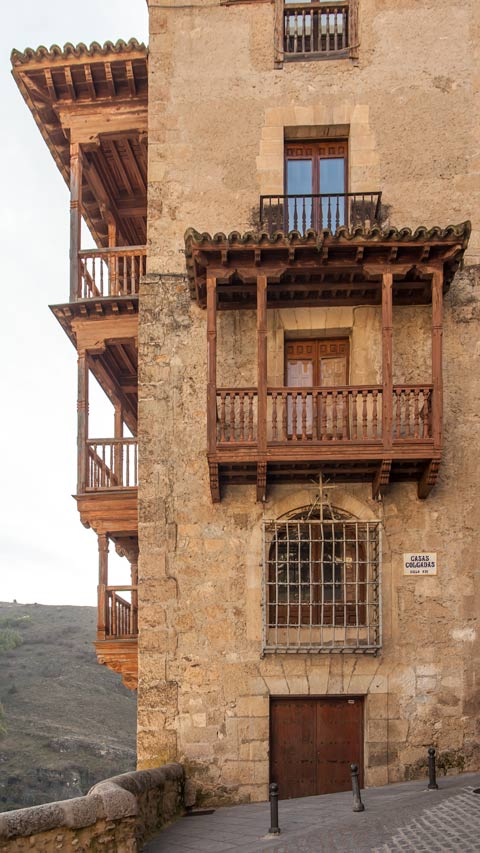
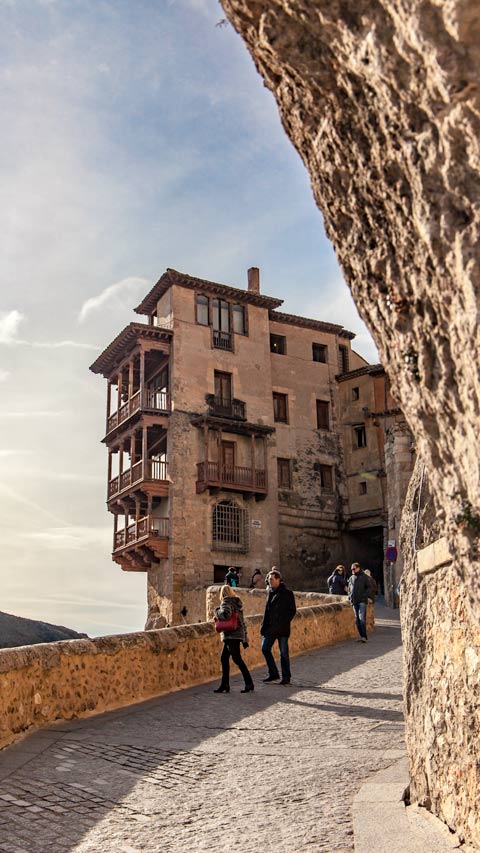

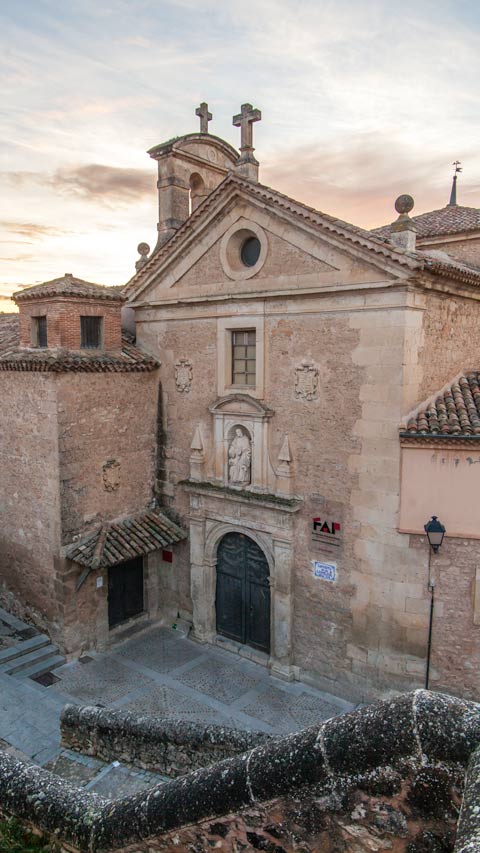
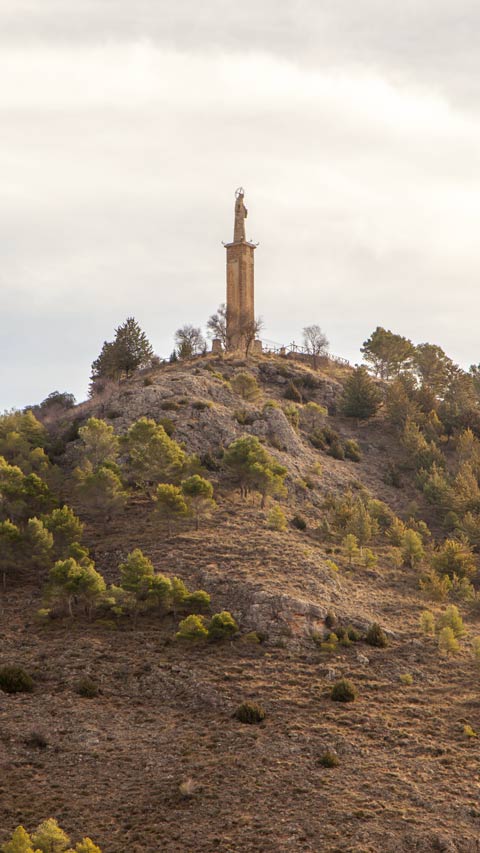
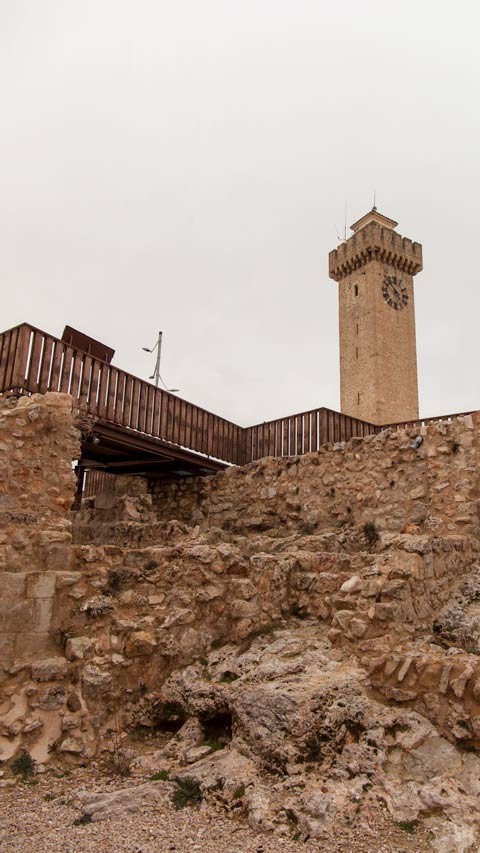
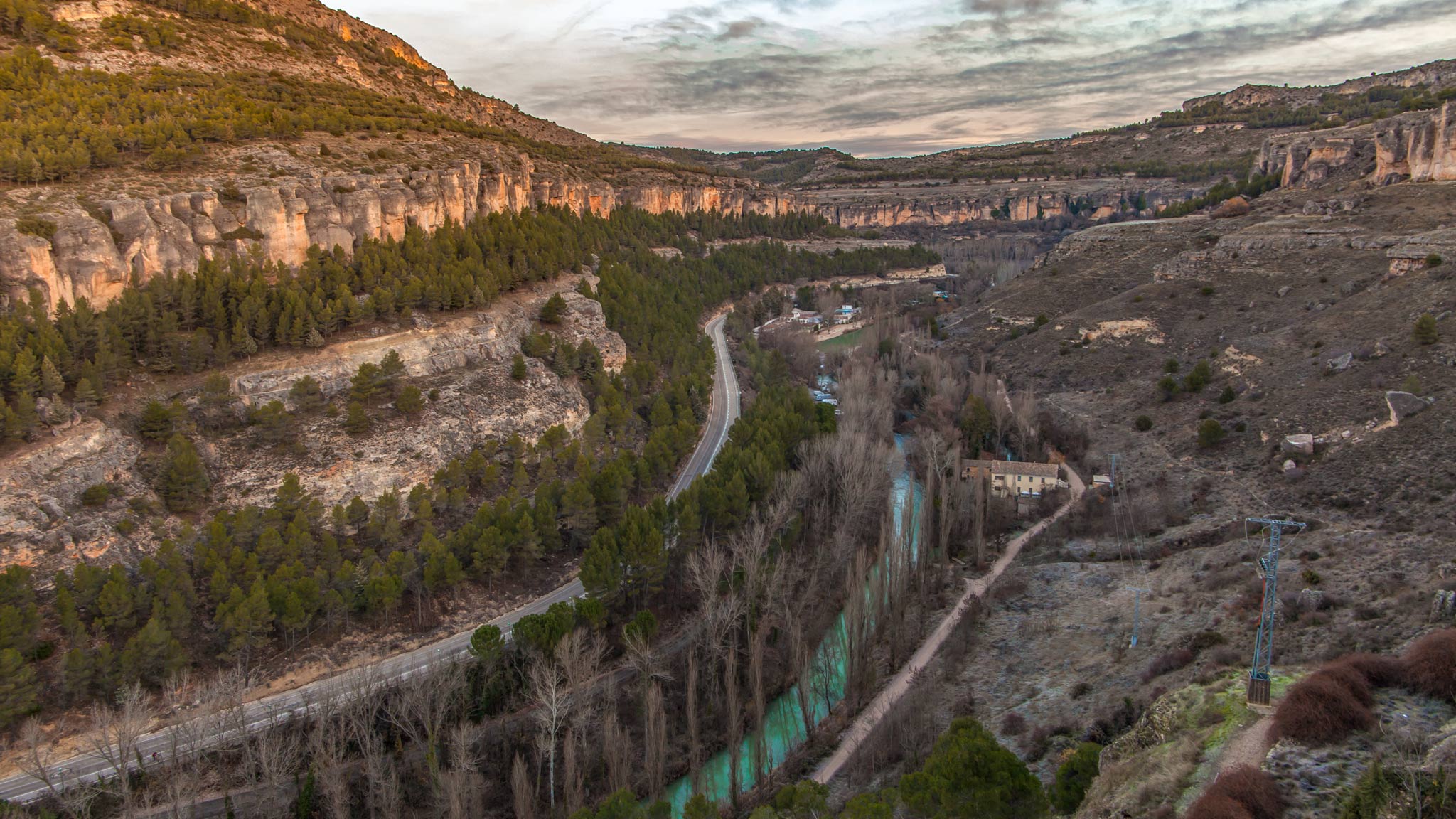
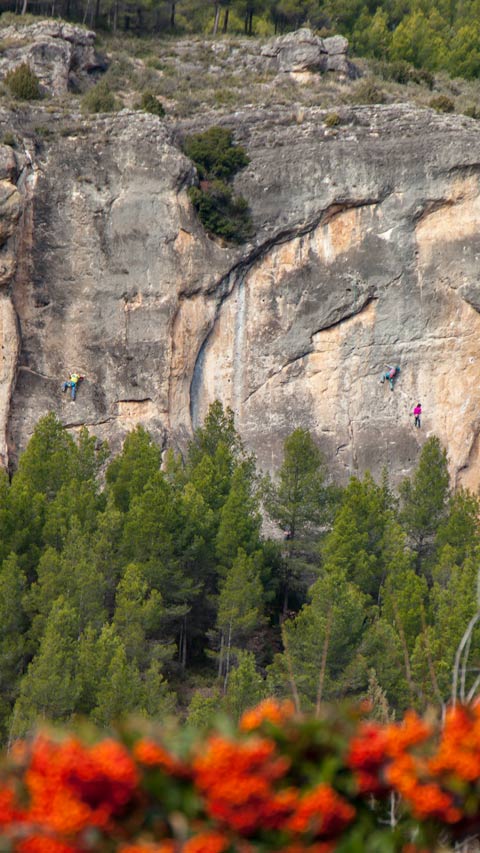
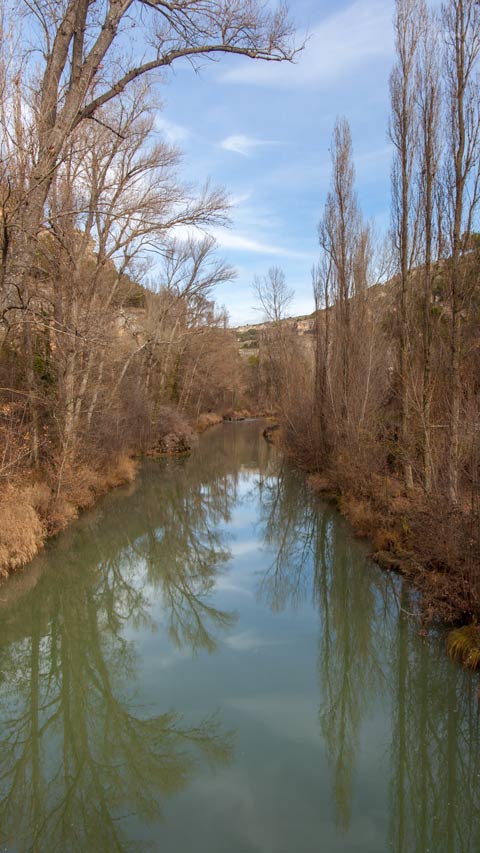
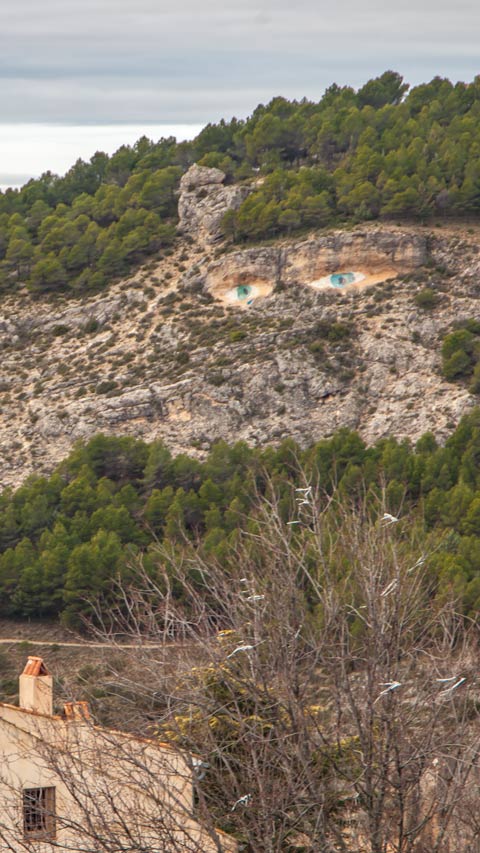
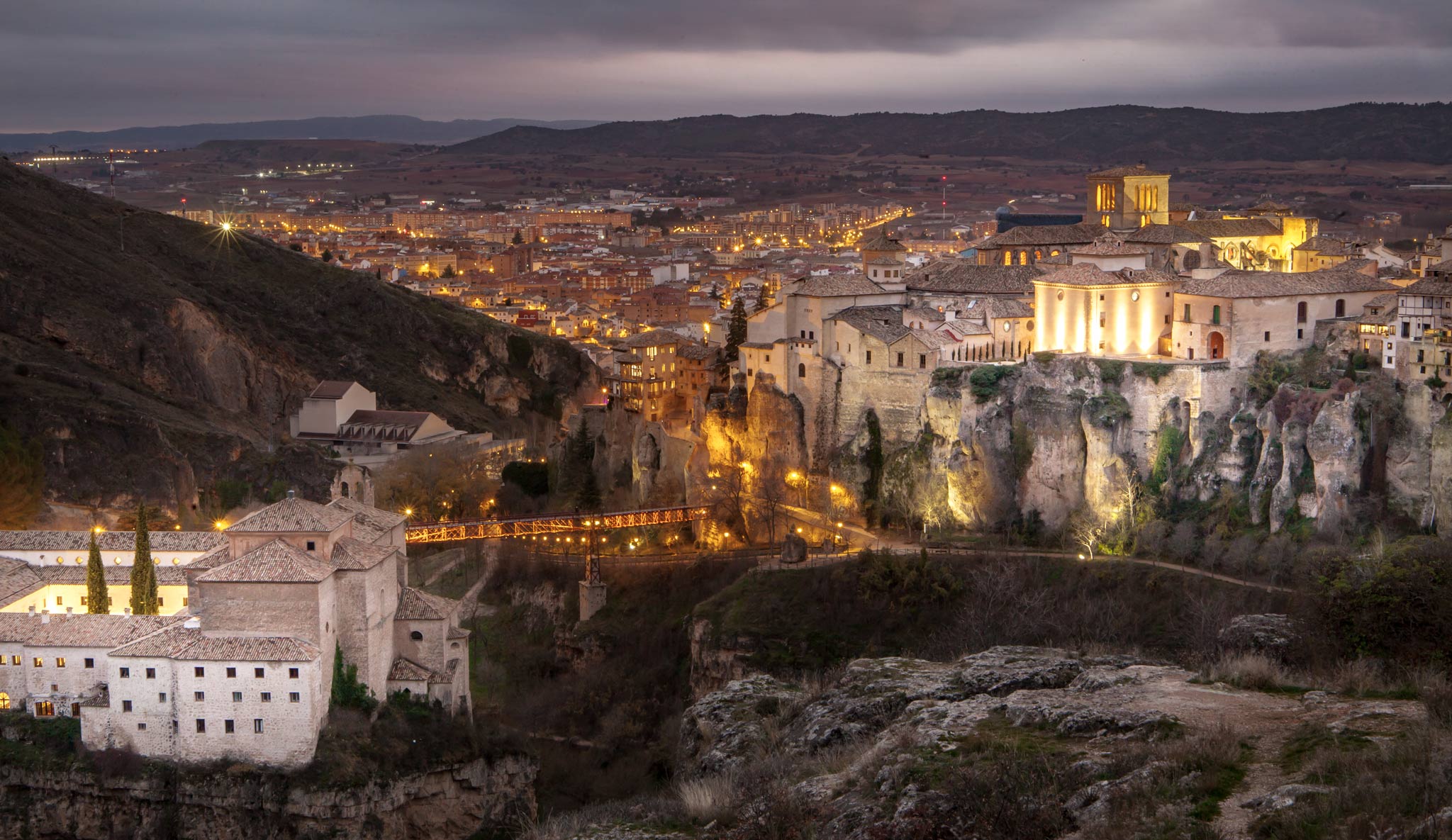
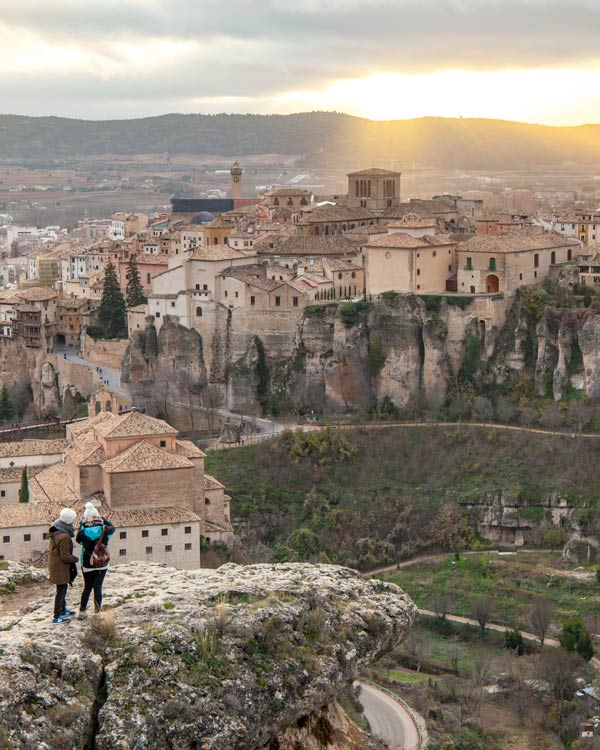
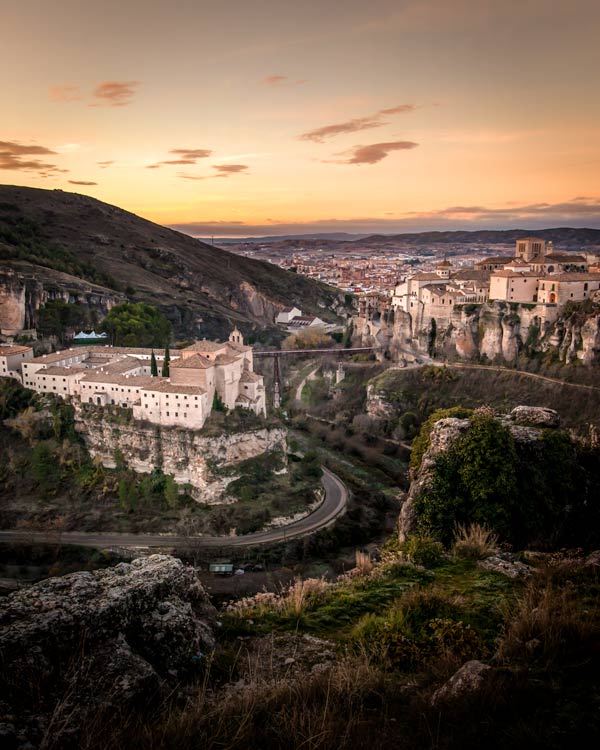
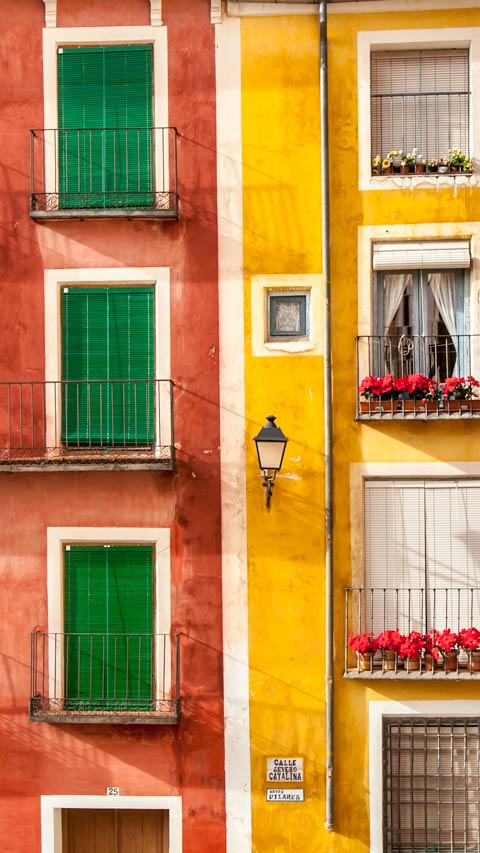
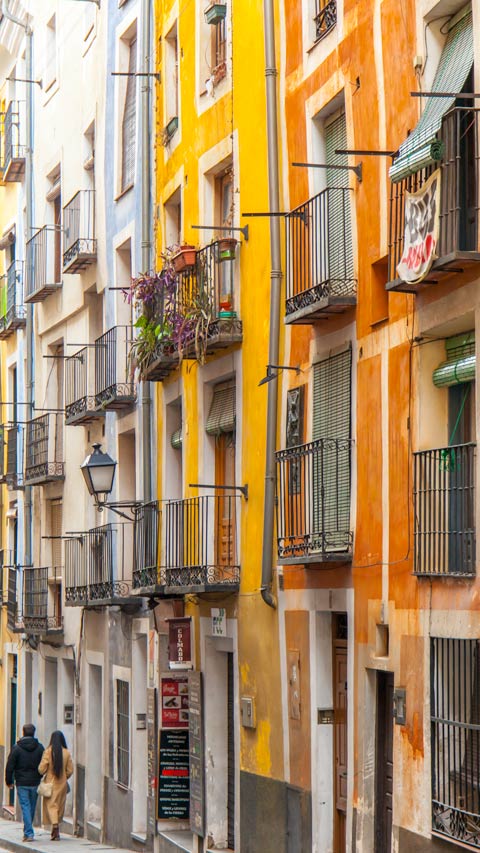
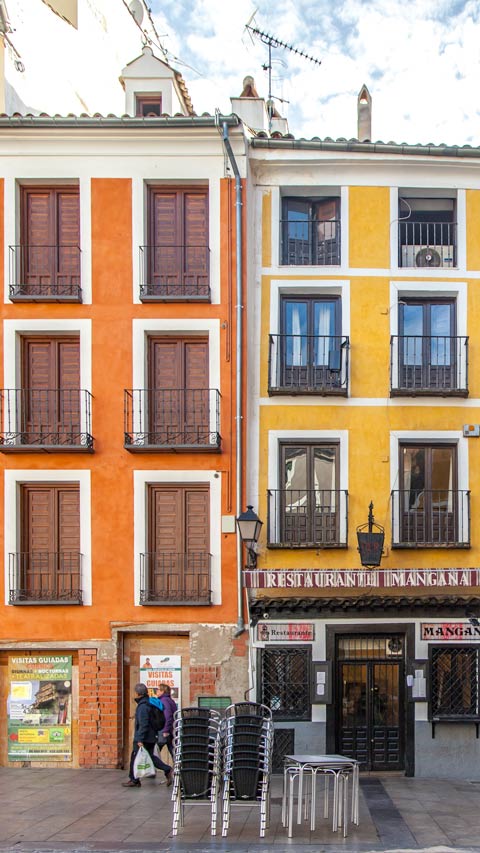
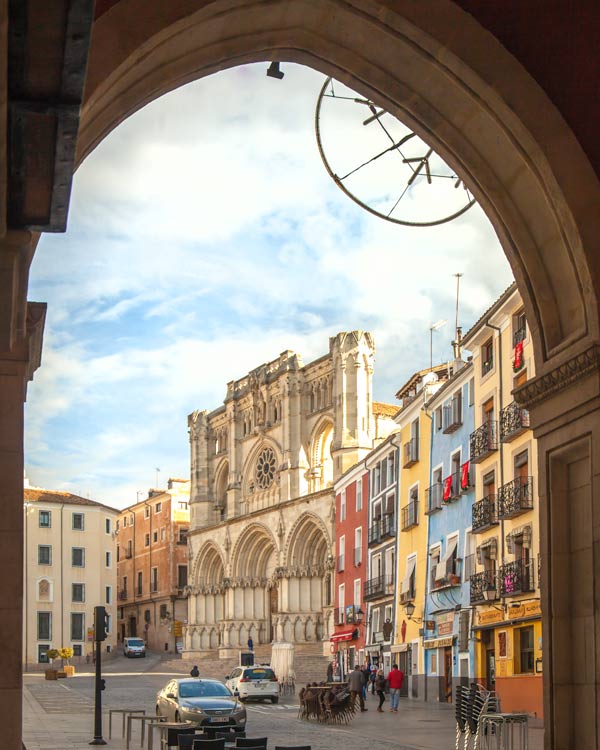
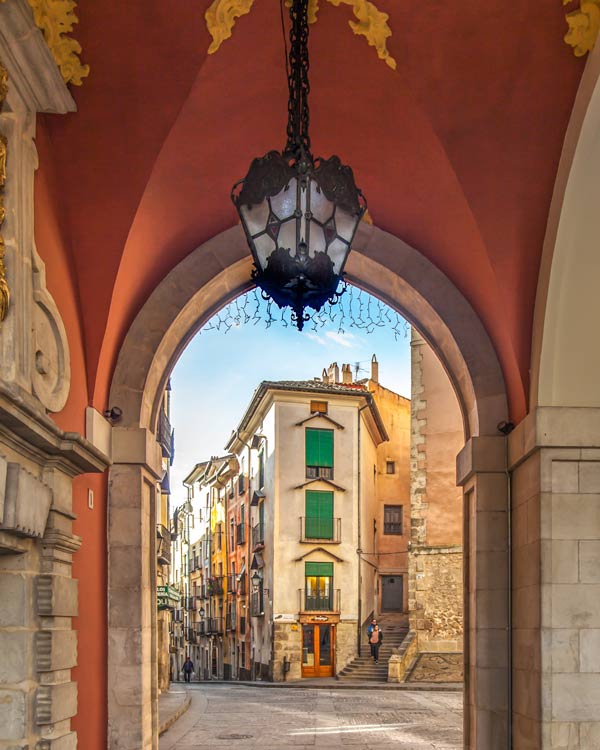
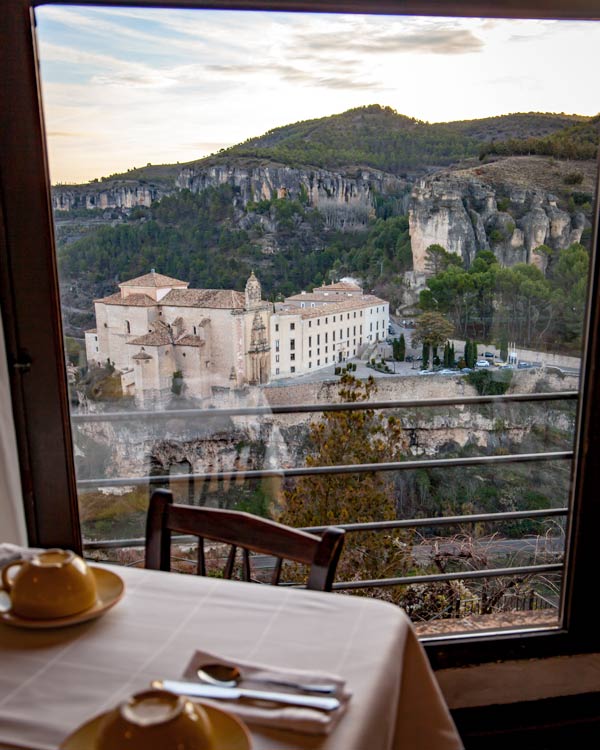
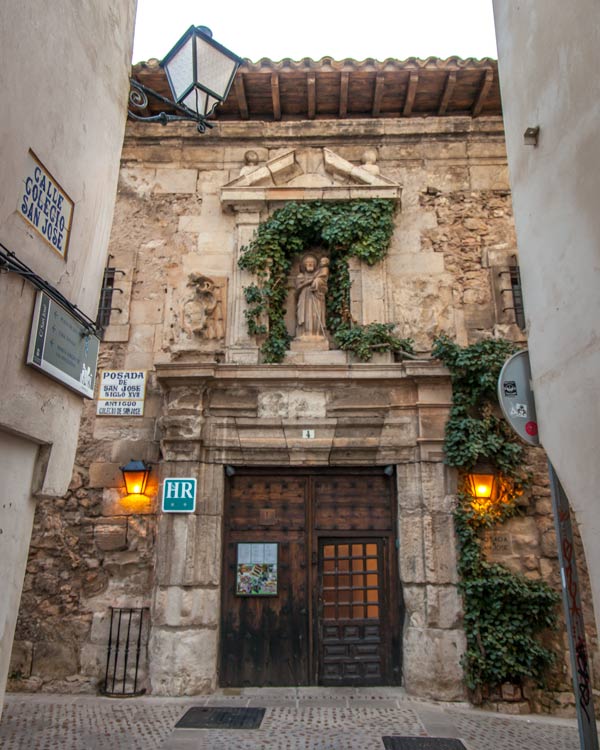
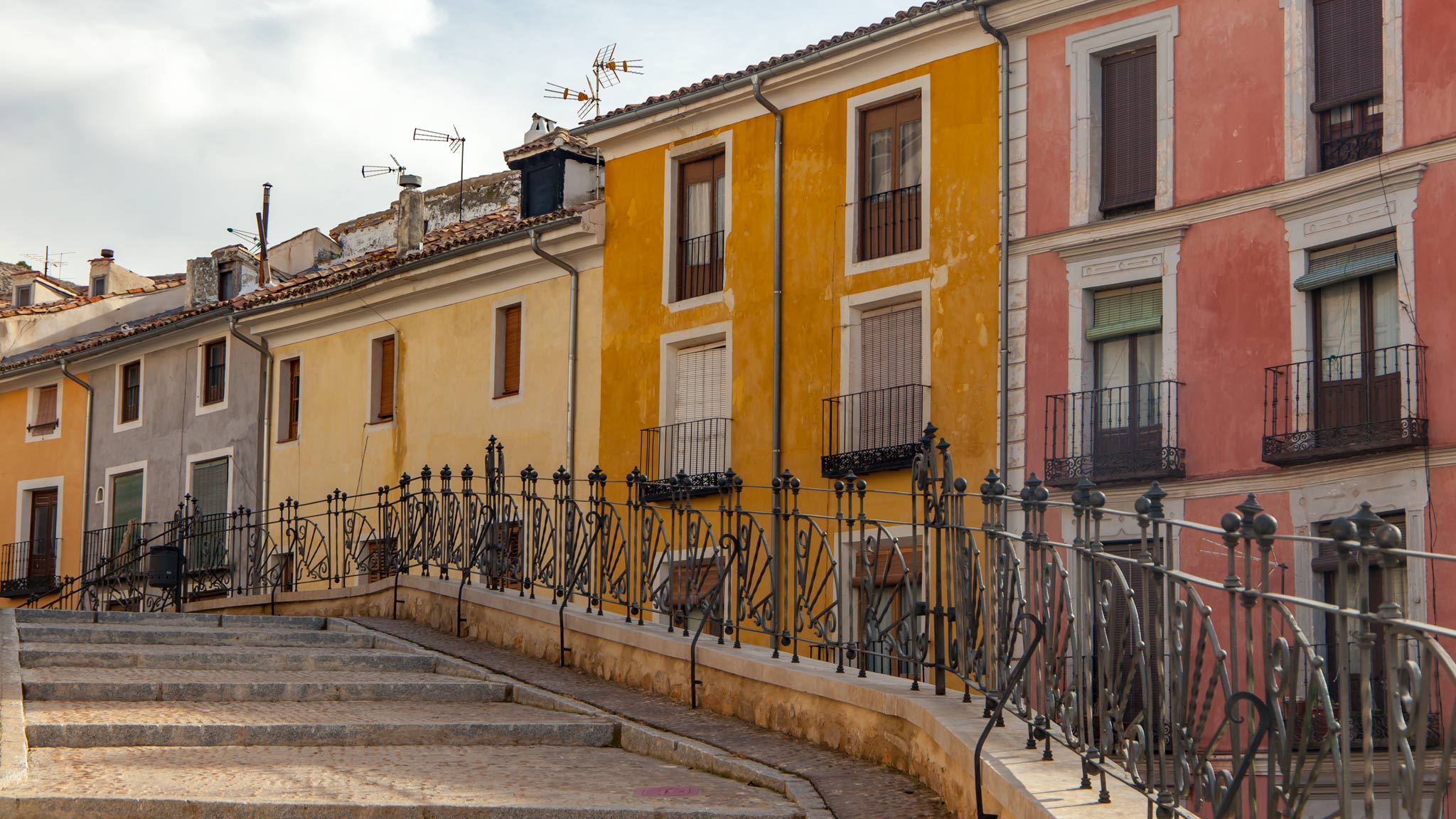

Comments
Post a Comment